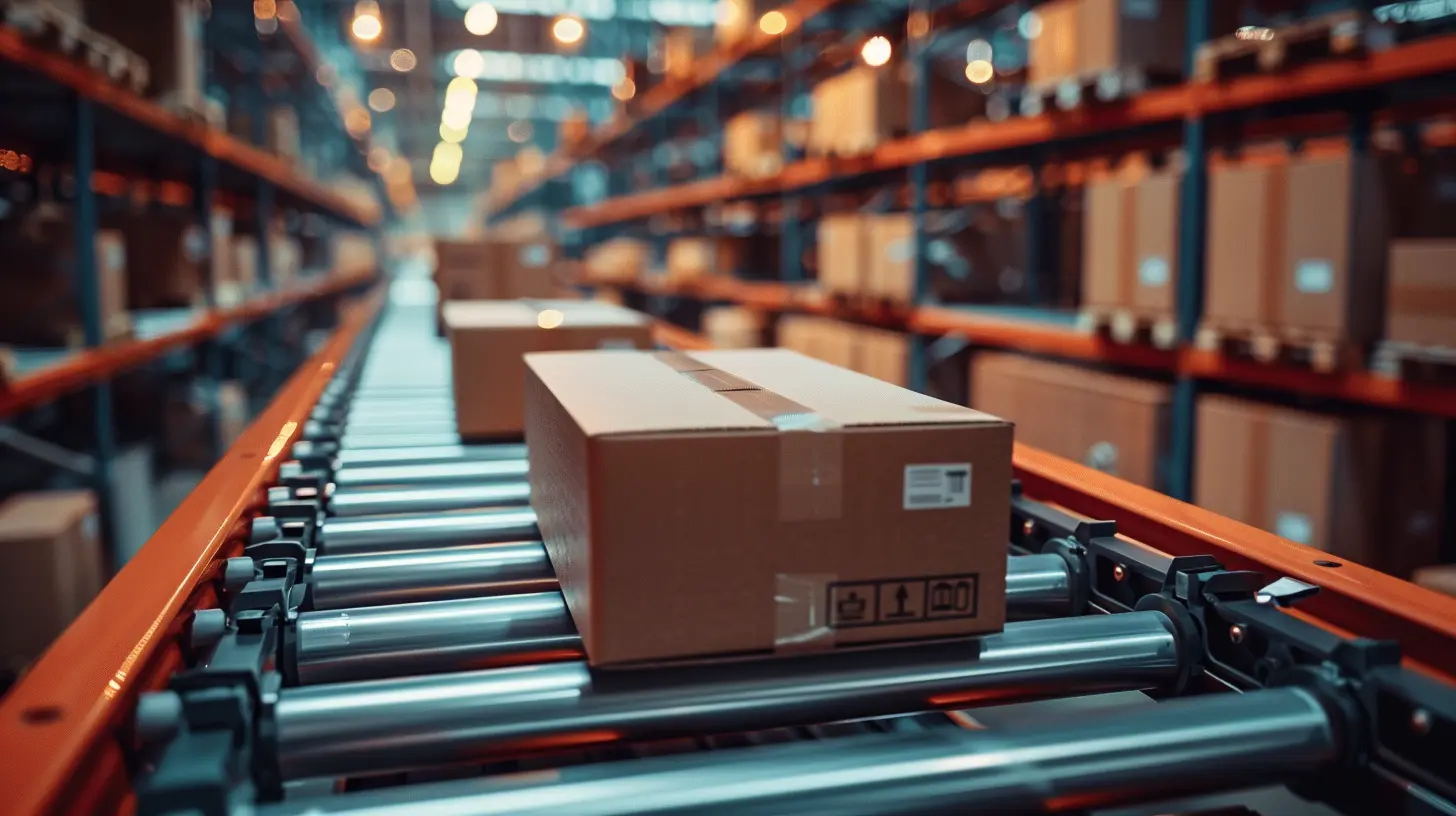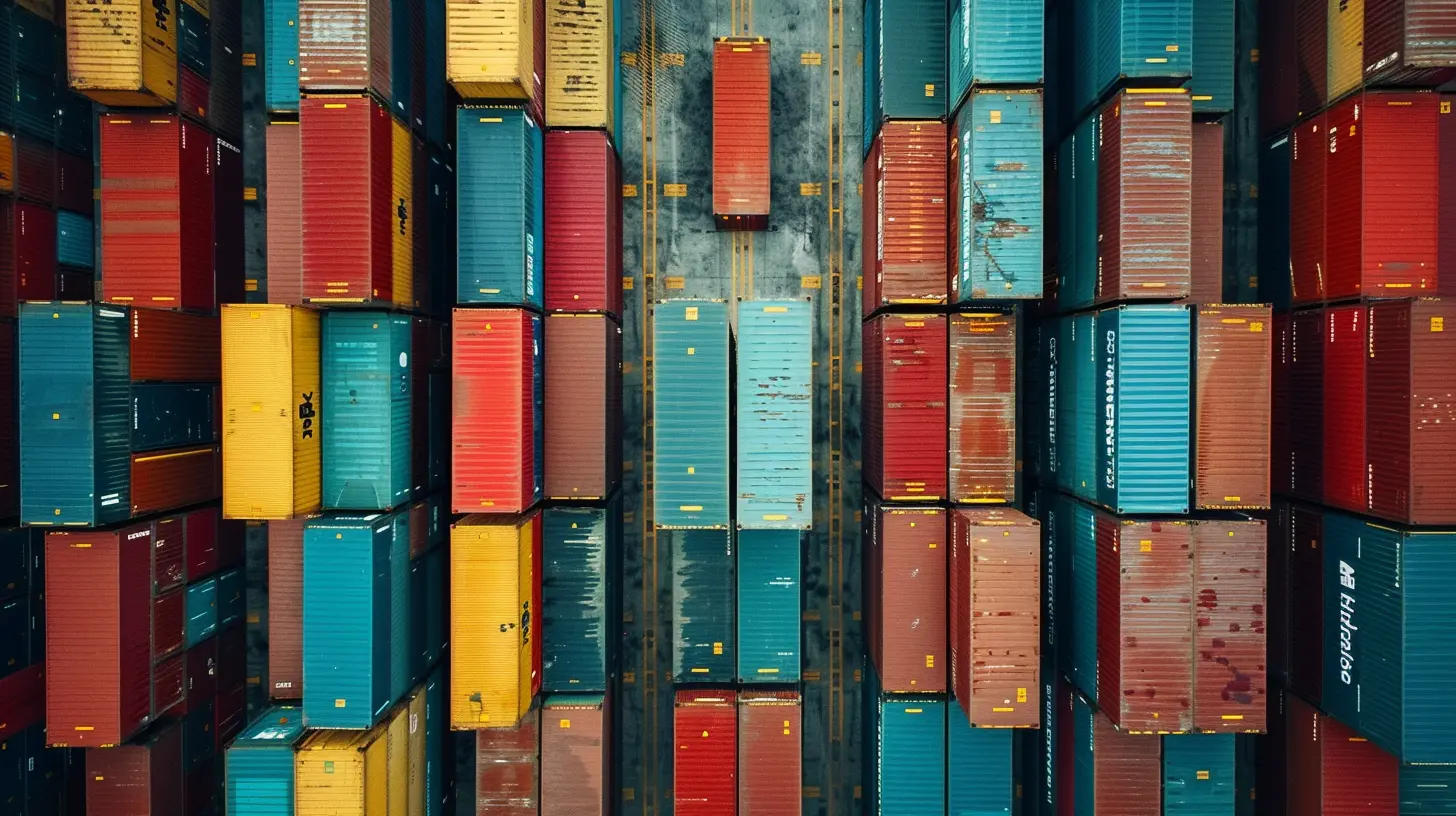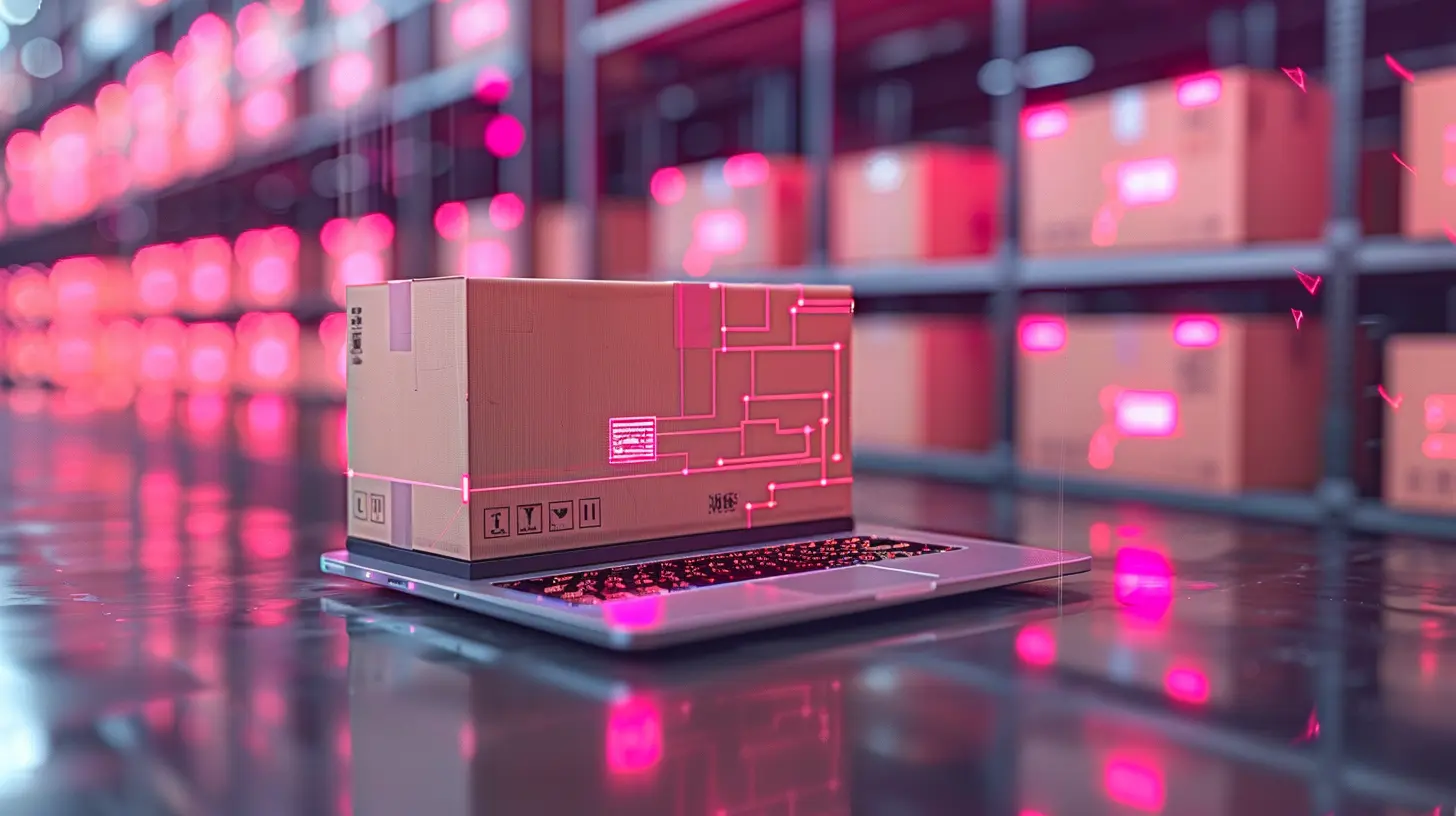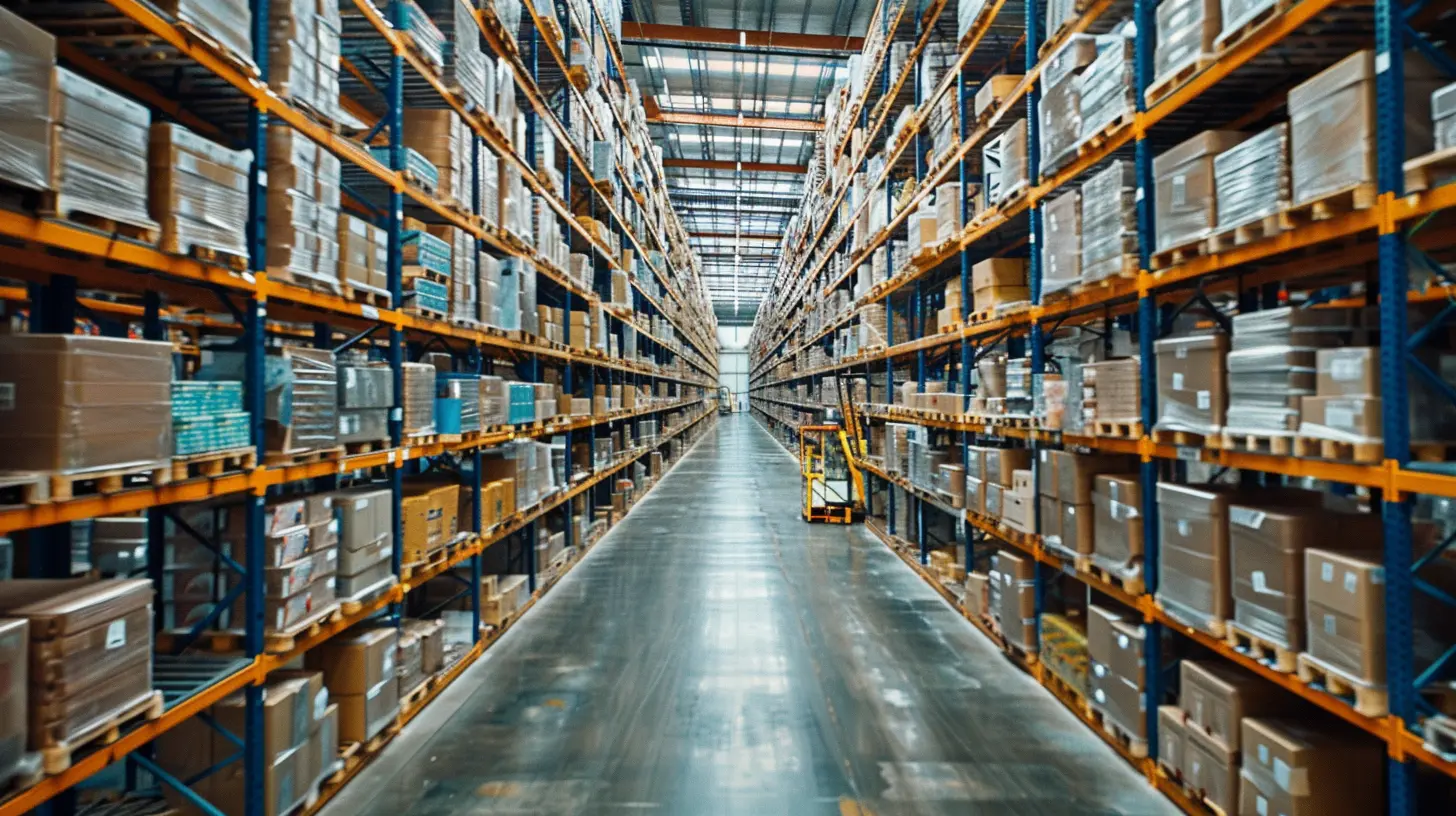How IoT is Driving Innovation in Supply Chain Management
26 May 2025
The Internet of Things (IoT) is revolutionizing industries across the board, and supply chain management is no exception. With real-time monitoring, smart automation, and data-driven decision-making, IoT is transforming traditional supply chains into highly efficient, connected ecosystems.
But what does that mean for businesses? Faster deliveries, reduced costs, and improved visibility, to name a few benefits. Let’s dive into how IoT is reshaping supply chain management and why it’s a game-changer for businesses worldwide.

What is IoT in Supply Chain Management?
Before we get into the nitty-gritty, let’s clarify what IoT means in supply chain management.IoT refers to a network of interconnected devices embedded with sensors, software, and connectivity features that allow real-time data collection and communication. In the context of supply chains, these devices track shipments, monitor inventory, optimize warehouse operations, and streamline logistics.
It's like giving every asset in your supply chain a voice—whether it's a truck, a pallet of goods, or a storage unit. These smart devices provide instant insights, making supply chains more responsive and efficient.

The Role of IoT in Supply Chain Innovation
IoT is not just a fancy buzzword—it’s a powerful force driving innovation in supply chain management. Let’s break down the key ways it’s making an impact.1. Real-Time Tracking & Visibility
Gone are the days of blind spots in supply chains. IoT-powered GPS trackers, RFID tags, and sensors provide real-time tracking of shipments and inventory.- Live Location Tracking: Businesses can monitor the exact location of shipments in transit, reducing the risk of delays.
- Condition Monitoring: Sensors track temperature, humidity, and other factors for sensitive goods like pharmaceuticals and food products.
- Reduced Theft & Losses: Real-time tracking further enhances security by preventing theft and ensuring accountability.
Think of it as having a digital eye on every package, ensuring it reaches its destination safely and on time.
2. Predictive Maintenance for Equipment
Breakdowns in supply chain equipment—whether it’s trucks, conveyor belts, or drones—can cause major disruptions. IoT sensors predict mechanical issues before they happen.- Preventive Action: Sensors detect irregularities—like overheating or excessive vibration—allowing businesses to perform maintenance proactively.
- Reduced Downtime: Fewer unexpected breakdowns mean smoother operations and reduced repair costs.
- Extended Equipment Life: Taking care of potential issues early can extend the lifespan of expensive assets.
It’s like having a doctor on call for your machines, spotting health issues before they become critical.
3. Smart Warehousing
Warehouses are the backbone of supply chains, and IoT is making them smarter than ever.- Automated Inventory Management: RFID tags and smart shelves track stock levels, reducing the risk of overstocking or stockouts.
- Warehouse Robotics: IoT-powered robots streamline picking, packing, and sorting, improving efficiency.
- Optimized Space Utilization: Motion sensors and AI help optimize storage based on demand, reducing wasted space.
A fully IoT-enabled warehouse practically runs itself, minimizing errors and maximizing efficiency.
4. Supply Chain Risk Management
Unplanned disruptions—whether due to weather conditions, political instability, or supplier delays—can wreak havoc on supply chains. IoT helps businesses mitigate risks proactively.- Weather & Traffic Monitoring: IoT systems integrate with weather forecasts and traffic reports to reroute shipments when necessary.
- Supplier Performance Tracking: Businesses can track supplier performance in real time, identifying potential risks early.
- Automated Contingency Plans: IoT-powered AI can suggest alternative suppliers or shipping routes in case of disruptions.
It's all about staying ahead of the curve and ensuring that supply chains remain resilient in the face of challenges.
5. Demand Forecasting & Enhanced Decision-Making
Ever wonder how major retailers stock just the right amount of inventory? IoT plays a big role.- Data-Driven Predictions: IoT devices collect data on sales, customer demand, and inventory levels, improving forecasting accuracy.
- Automated Restocking: Smart inventory systems trigger reorders when stock levels drop, preventing shortages.
- Improved Customer Satisfaction: When businesses can anticipate demand accurately, customers get their products on time without delays.
It’s like having a crystal ball for your supply chain, ensuring you’re always prepared for what’s next.
6. Sustainability & Waste Reduction
Sustainability is no longer optional; it's a competitive advantage. IoT helps businesses create eco-friendly supply chains.- Optimized Routes: IoT-enabled logistics minimize fuel consumption and carbon emissions by optimizing delivery routes.
- Reduction in Wastage: IoT sensors prevent spoilage by maintaining ideal storage conditions for perishable goods.
- Energy Efficiency: Smart warehouses use IoT to monitor energy consumption, reducing waste and cutting costs.
By making supply chains greener, businesses save money and contribute to a healthier planet.
7. Improved Customer Experience
Happy customers mean loyal customers. IoT enhances the overall customer experience in several ways.- Accurate Delivery Estimates: Real-time tracking provides customers with precise arrival times.
- Proactive Issue Resolution: Businesses can address delays or damages before customers even notice.
- Seamless Returns Management: IoT-powered tracking streamlines the returns process, making it hassle-free.
When customers feel informed and valued, they’re more likely to stick around.

Challenges of Implementing IoT in Supply Chains
Despite its benefits, adopting IoT in supply chain management isn’t without challenges.1. High Implementation Costs – Setting up IoT infrastructure can be expensive, especially for small businesses.
2. Data Security Risks – More connected devices mean more vulnerability to cyber threats.
3. Integration with Legacy Systems – Many companies still use outdated software, making IoT integration tricky.
4. Data Overload – Handling and making sense of massive amounts of data requires robust analytics tools.
That said, the long-term benefits often outweigh these challenges, making IoT a worthwhile investment.

The Future of IoT in Supply Chain Management
The IoT revolution in supply chains is just getting started. With advancements in AI, blockchain, and 5G, we can expect even more innovation in:- Autonomous Vehicles & Drones: Faster, more efficient last-mile deliveries.
- Blockchain Integration: Enhanced transparency and security in tracking goods.
- AI-Powered Decision-Making: Smarter, data-driven supply chain optimization.
Businesses that embrace these trends will gain a competitive edge, staying ahead in an increasingly complex global market.
Final Thoughts
IoT is no longer a futuristic concept—it’s here, and it’s transforming supply chain management as we know it. From real-time tracking to predictive maintenance and smart warehouses, IoT-powered supply chains are more efficient, resilient, and customer-focused.Sure, there are challenges, but the potential rewards make IoT an investment that businesses can't afford to ignore. Whether you're a retailer, manufacturer, or logistics provider, leveraging IoT in your supply chain can lead to significant cost savings, better efficiency, and happier customers.
So, is your business ready to harness the power of IoT? The future of supply chain management is here—don’t get left behind.
all images in this post were generated using AI tools
Category:
Supply Chain ManagementAuthor:

Caden Robinson
Discussion
rate this article
2 comments
Soren McElroy
IoT isn't just a trend; it's revolutionizing supply chains. Embrace it or get left behind.
June 7, 2025 at 4:17 AM

Caden Robinson
Absolutely! IoT is transforming supply chains by enhancing visibility, efficiency, and decision-making. Embracing this technology is essential for staying competitive.
Caroline Whitley
The integration of IoT in supply chain management revolutionizes efficiency through real-time data analytics, enhancing visibility and responsiveness. This technological synergy not only reduces costs but also fosters sustainable practices, driving long-term competitive advantage.
May 27, 2025 at 4:48 AM

Caden Robinson
Thank you for your insightful comment! I completely agree that IoT is a game-changer in supply chain management, enhancing efficiency and sustainability through real-time data.


